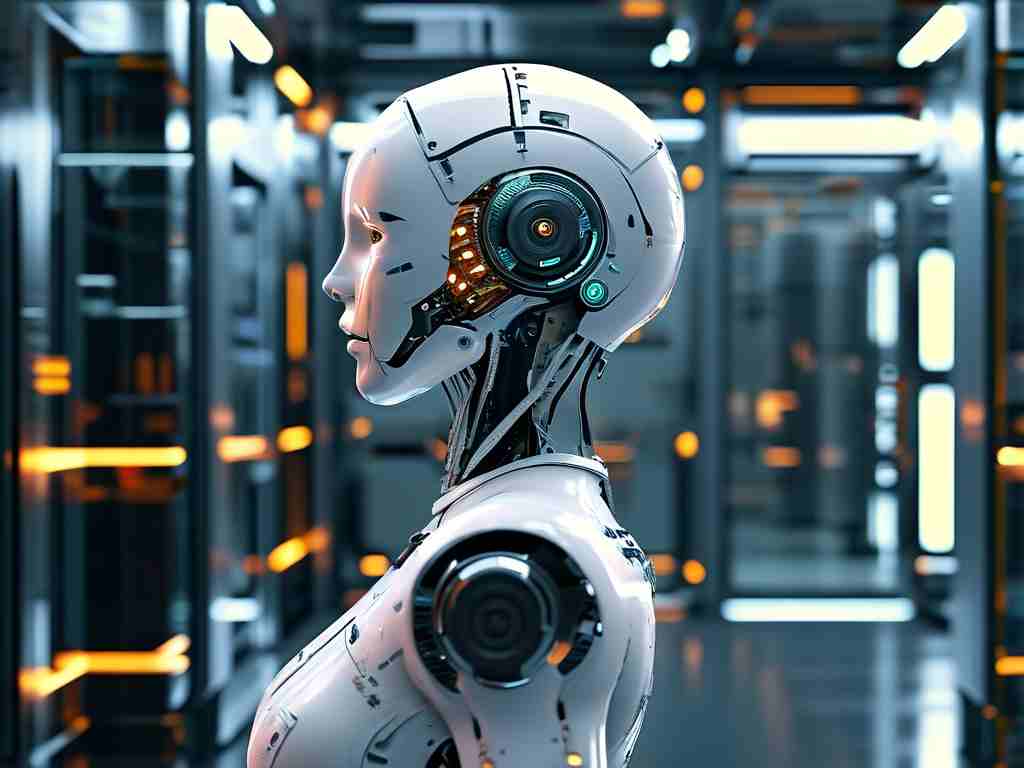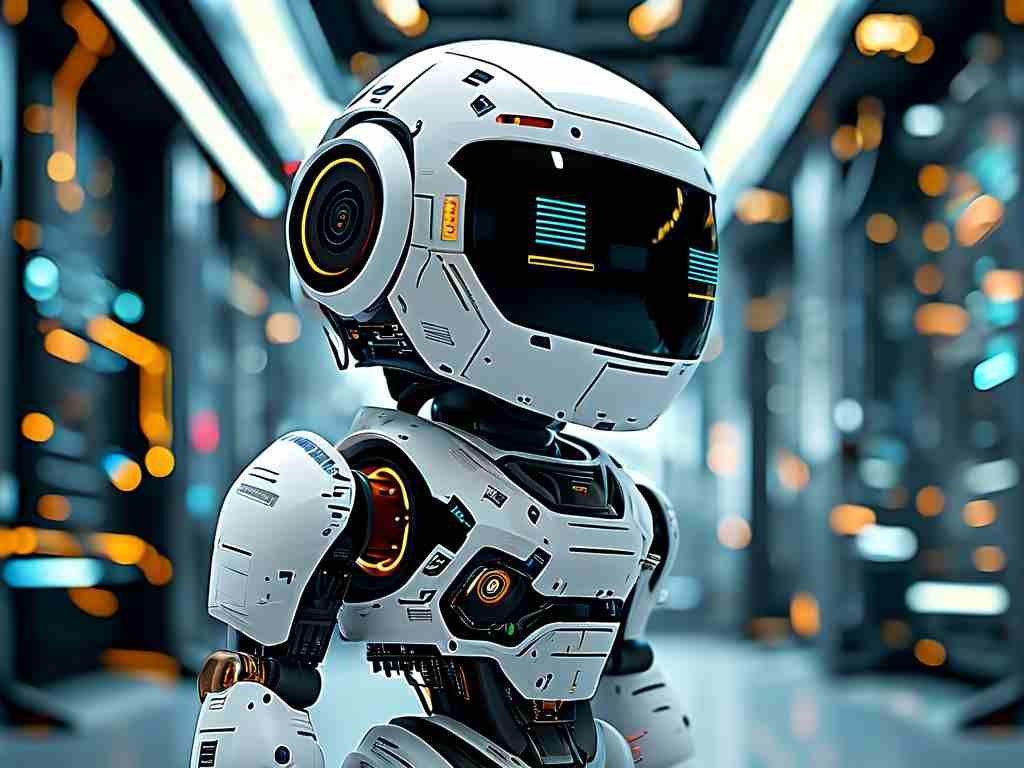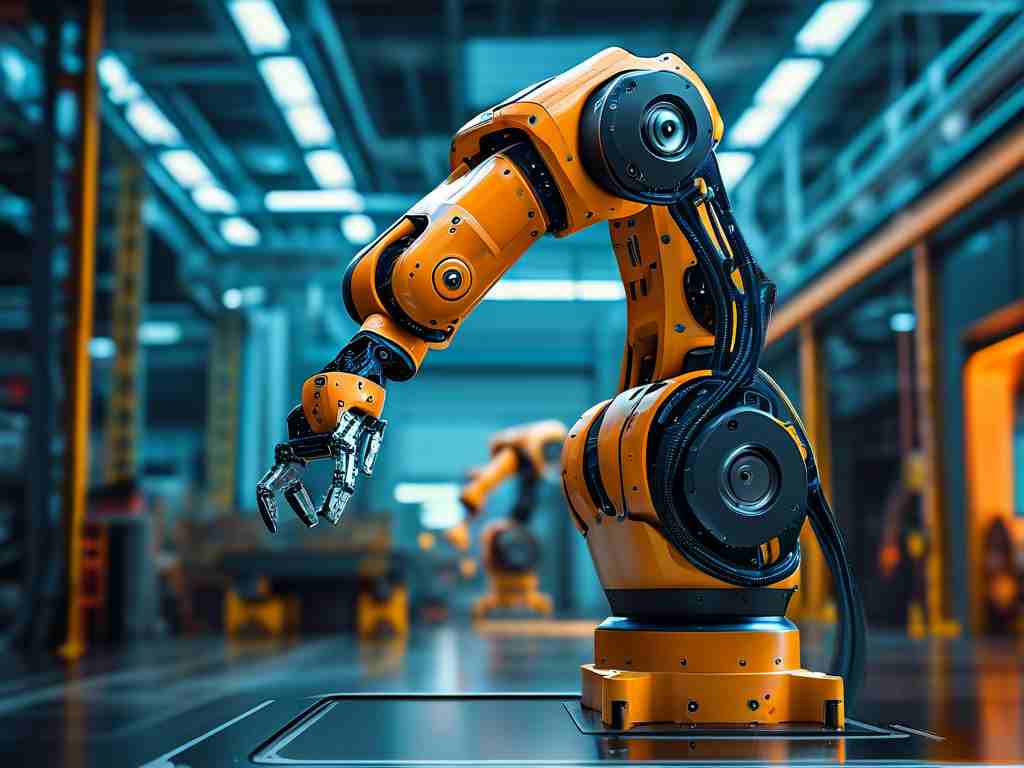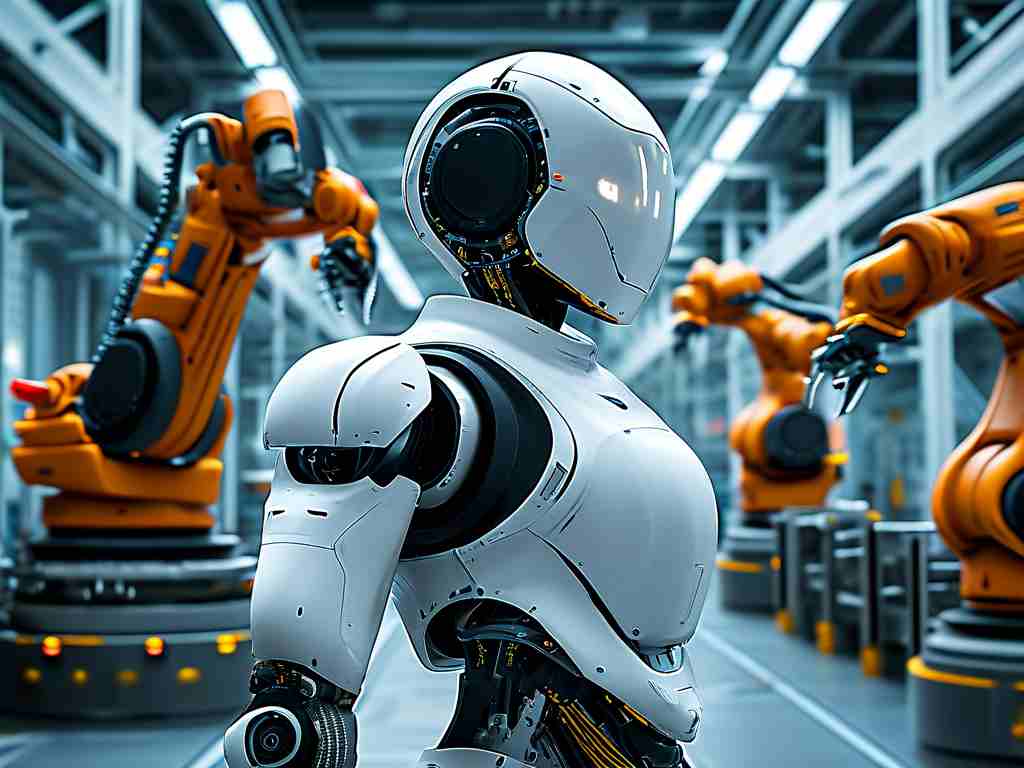The pursuit of humanoid robotics has captivated engineers and researchers for decades, yet significant technical barriers continue to hinder widespread adoption. While recent advancements in artificial intelligence and materials science have accelerated progress, three core challenges persist: achieving dynamic balance and natural movement, replicating human-like dexterity, and optimizing energy efficiency. These hurdles must be overcome to create robots capable of seamlessly integrating into human environments.
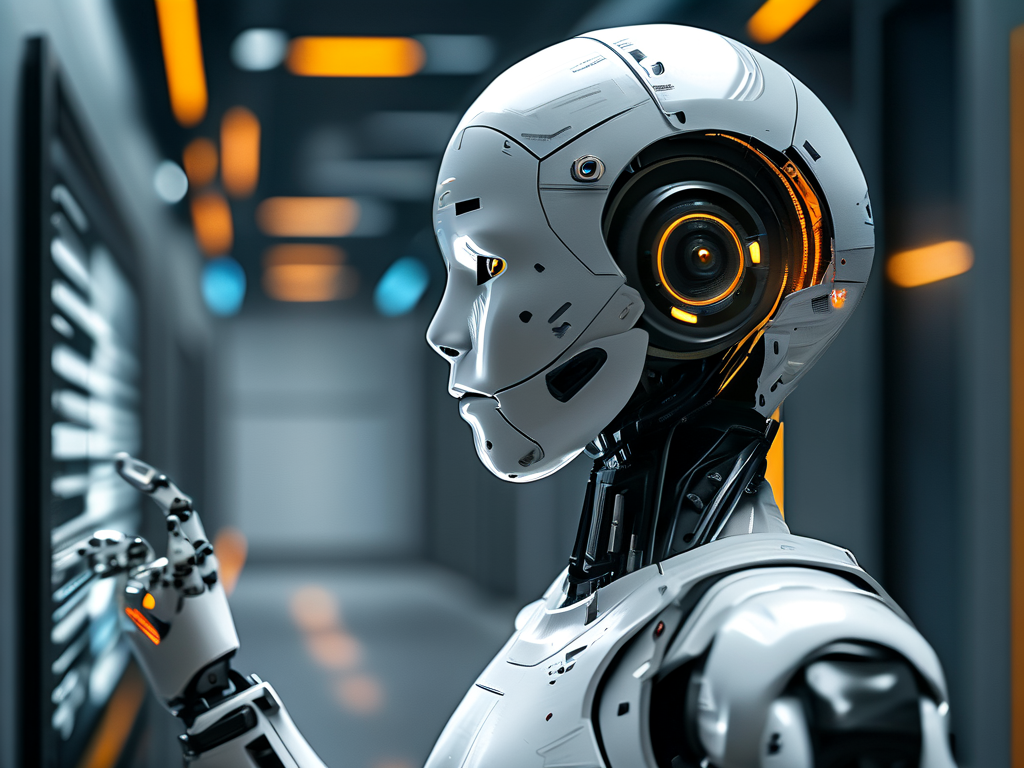
Dynamic Balance and Motion Control
One of the most visible challenges lies in replicating the human body's innate ability to maintain balance during complex movements. Unlike industrial robots confined to controlled environments, humanoid machines must adapt to uneven terrain, external forces, and unpredictable interactions. Researchers at the Massachusetts Institute of Technology recently demonstrated a bipedal robot capable of recovering from sudden pushes by using real-time torque adjustments in its ankle joints. This breakthrough mimics the human vestibular system but requires immense computational power – a trade-off that highlights the delicate equilibrium between mechanical design and software intelligence.
The Complexity of Human-Like Dexterity
Human hands represent a marvel of biological engineering, with 27 bones and countless muscle fibers enabling precise manipulation. Current robotic hands, such as those developed by Shadow Robot Company, achieve partial success through pneumatic systems and tactile sensors. However, challenges remain in scaling down components while maintaining strength and flexibility. A 2023 study published in Science Robotics revealed that even state-of-the-art manipulators struggle with tasks as simple as peeling a banana without crushing it – a reminder of the gap between mechanical replication and organic adaptability.
Energy Consumption: The Silent Limiter
Modern humanoid robots like Boston Dynamics' Atlas consume power at rates comparable to household appliances, severely limiting operational duration. The fundamental issue stems from conflicting requirements: high-torque actuators demand substantial energy, while battery technology advances at a slower pace. Promising solutions include hybrid power systems combining lithium batteries with supercapacitors, as seen in Tesla's Optimus prototype. Nevertheless, achieving all-day operation without frequent recharging remains elusive, particularly for robots intended for domestic or healthcare applications.
Sensor Fusion and Environmental Awareness
Creating situational awareness comparable to human perception requires integrating multiple sensor modalities. While lidar and stereo cameras provide spatial data, interpreting this information in real-time presents computational bottlenecks. Researchers from ETH Zürich recently developed a neural network architecture that processes visual, auditory, and tactile inputs simultaneously, reducing latency by 40% in prototype models. This approach mirrors the human brain's parallel processing capabilities but introduces new challenges in thermal management and system redundancy.
Materials Innovation for Biomechanical Realism
The quest for lifelike movement has driven experimentation with artificial muscles and flexible exoskeletons. Shape-memory alloys and dielectric elastomers show potential for creating actuators that mimic biological tissue responses. A team at Harvard's Wyss Institute recently demonstrated a robotic limb using pneumatic artificial muscles that exhibit fatigue resistance surpassing human skeletal muscle. However, these materials often require specialized manufacturing techniques and struggle with durability under continuous stress.
Ethical and Safety Considerations
As humanoid robots approach functional parity with humans in specific tasks, safety protocols become increasingly critical. The European Robotics Research Network has proposed new standards for fail-safe mechanisms, including emergency joint-locking systems and predictive collision avoidance algorithms. These measures aim to address public concerns about human-robot interactions while maintaining operational flexibility – a balancing act that continues to evolve alongside technological capabilities.
The Path Forward
Industry leaders predict that solving these challenges will require unprecedented collaboration across disciplines. The integration of quantum computing for motion planning, biohybrid materials for enhanced durability, and neuromorphic chips for efficient sensor processing represents potential game-changers. As demonstrated by Honda's ongoing ASIMO project refinements, incremental improvements in individual subsystems gradually coalesce into transformative advancements.
While fully autonomous humanoid robots operating in unstructured environments remain years away, each breakthrough brings us closer to machines that can truly coexist with humans. The coming decade will likely witness robots transitioning from laboratory curiosities to functional assistants in healthcare, disaster response, and space exploration – provided engineers can successfully navigate the intricate web of technical challenges that define this field.


